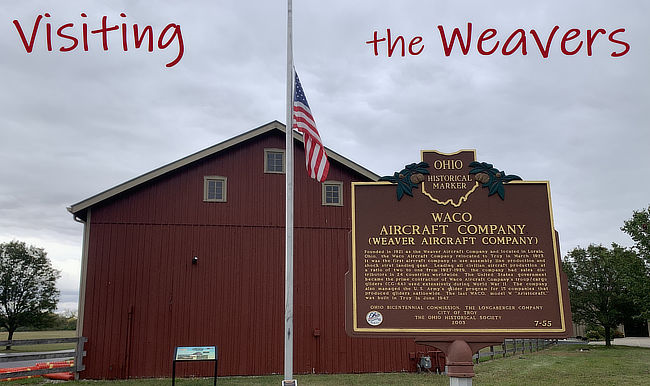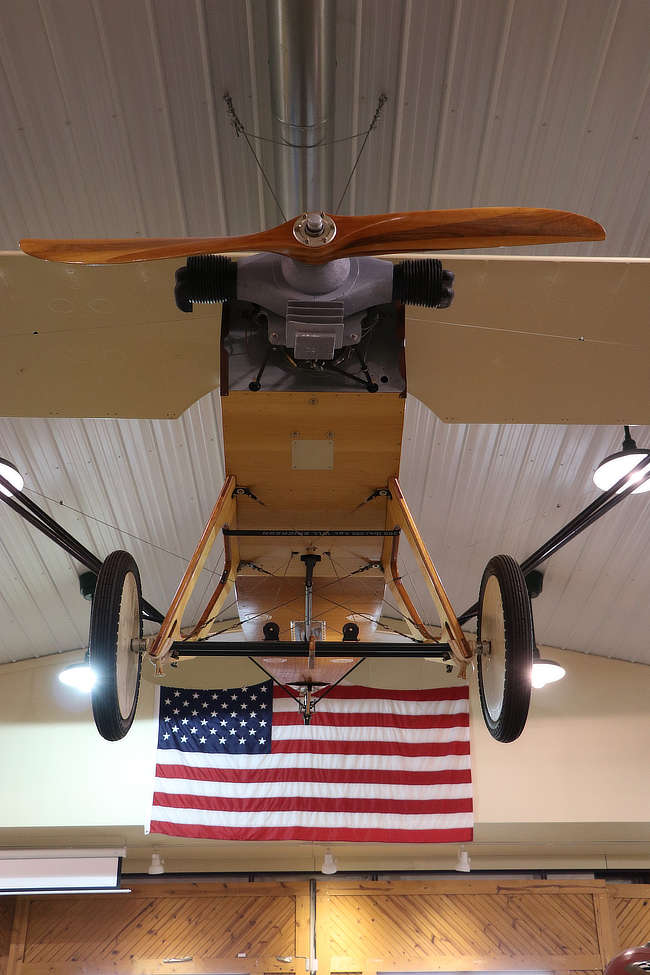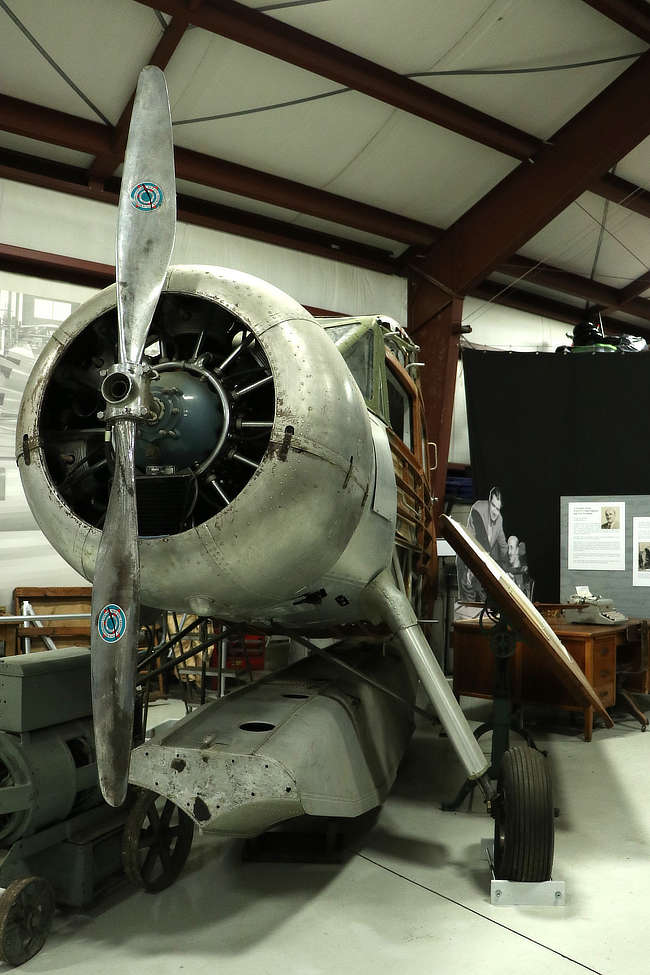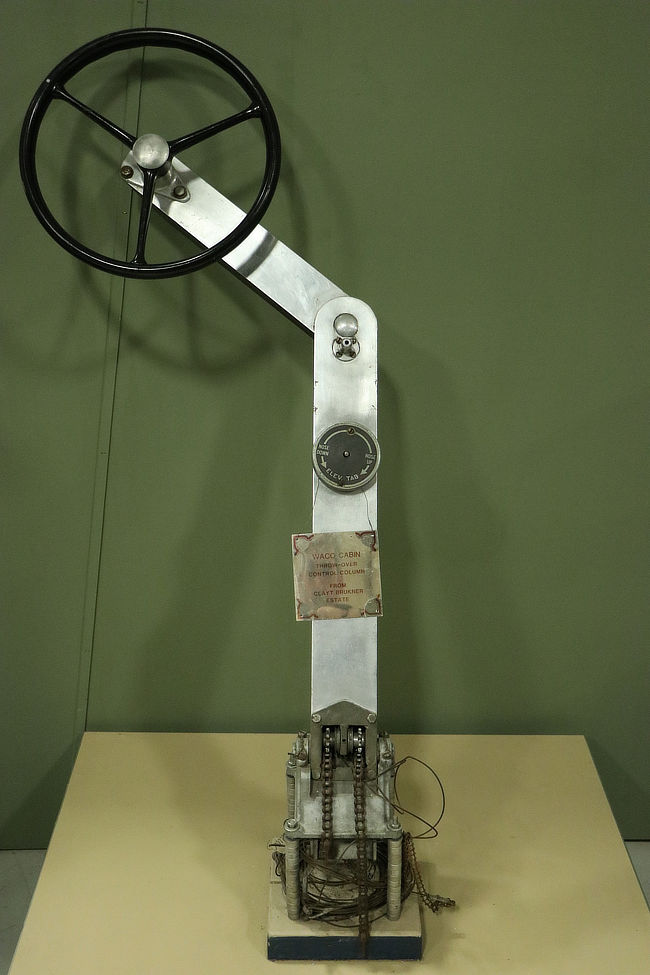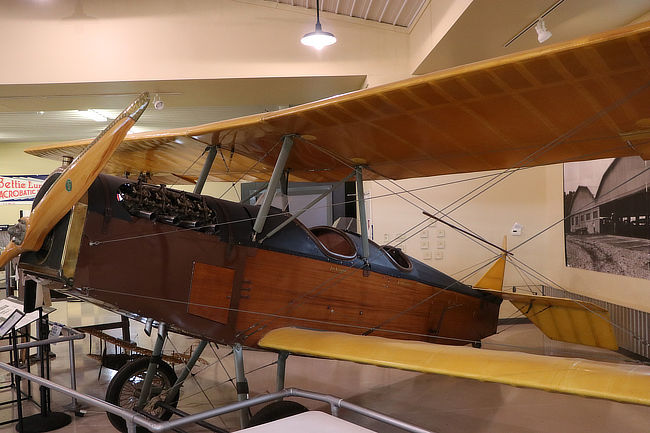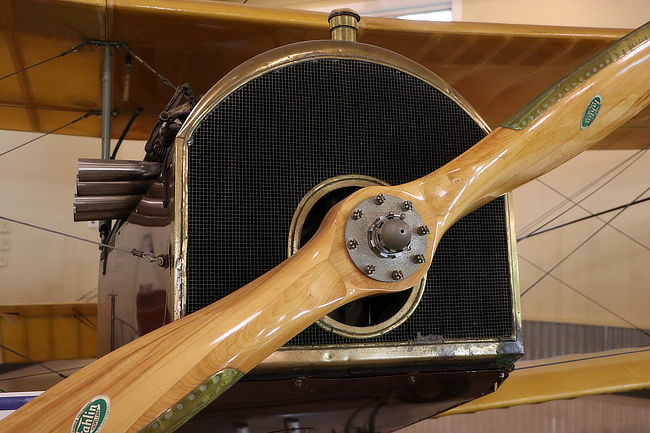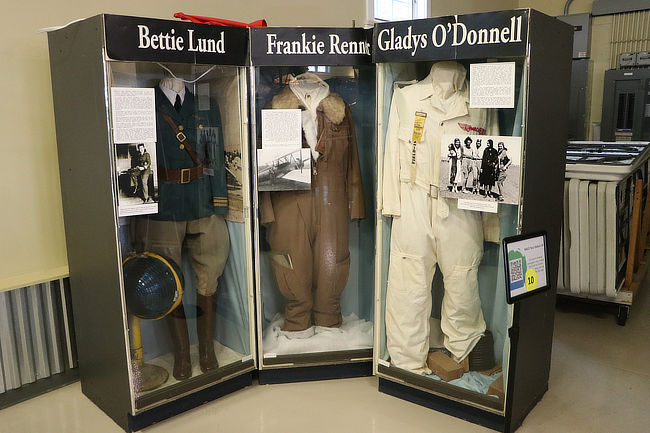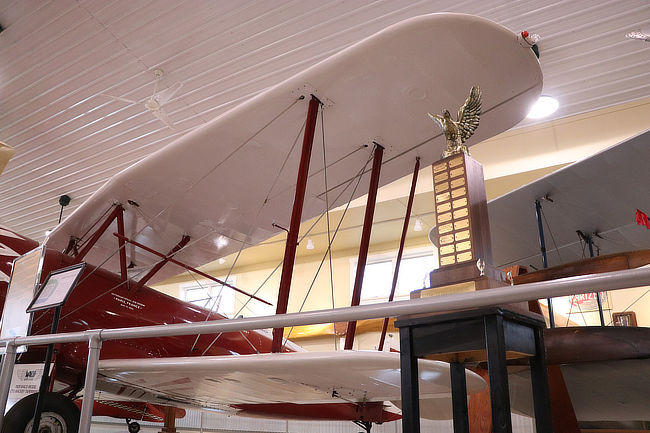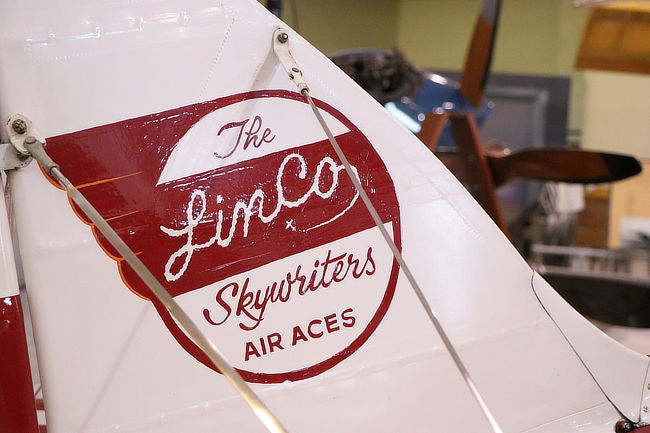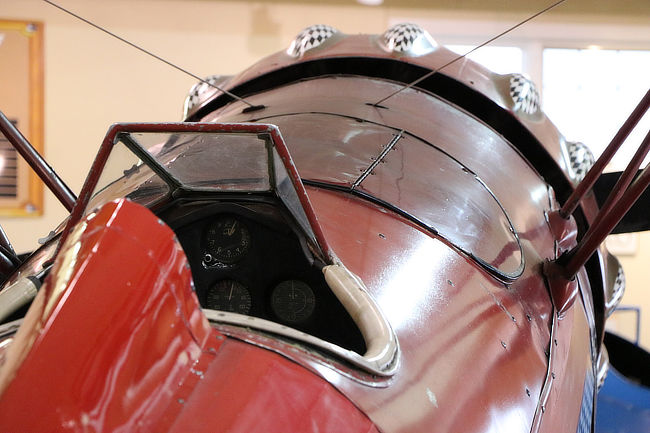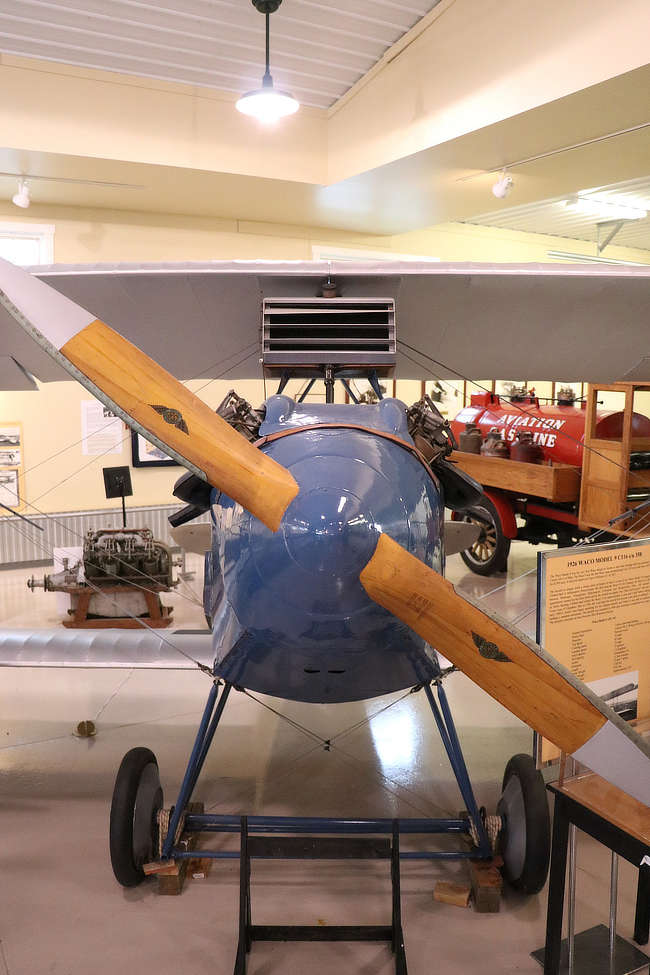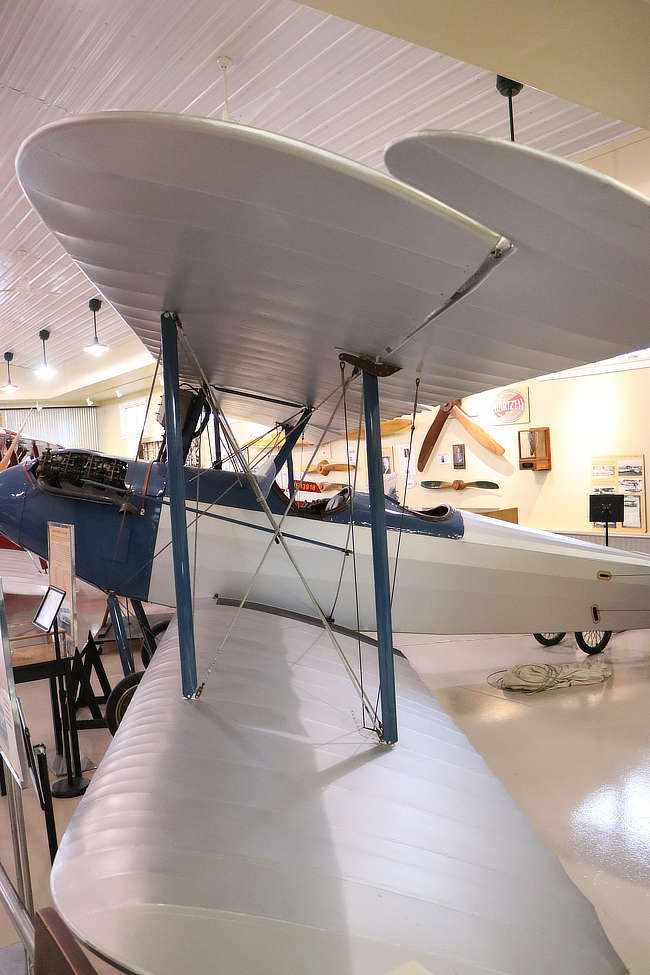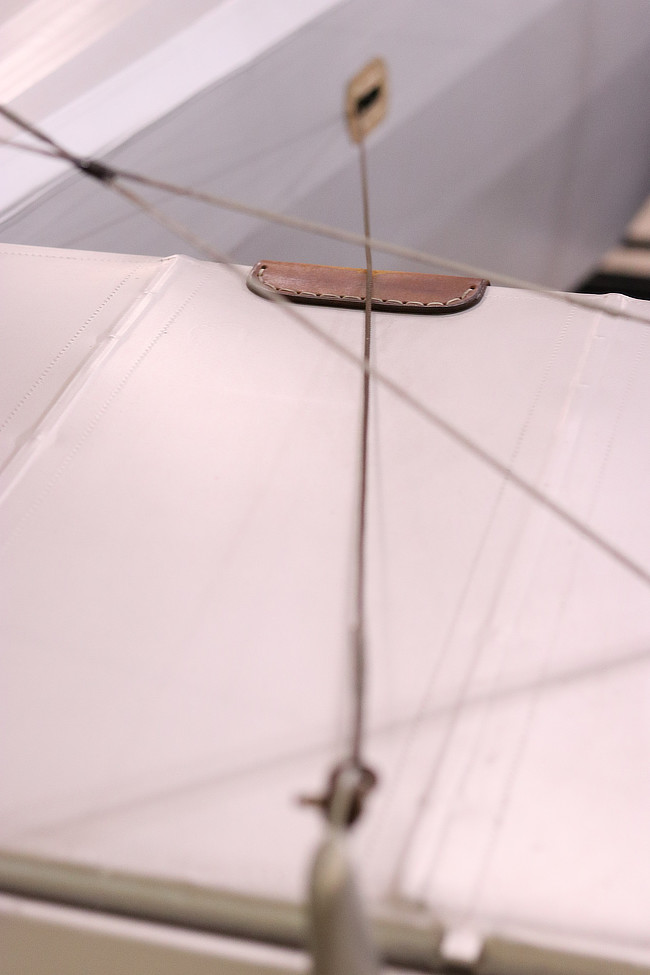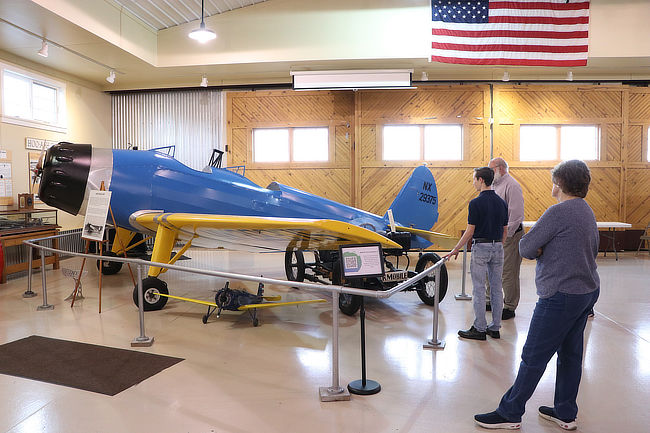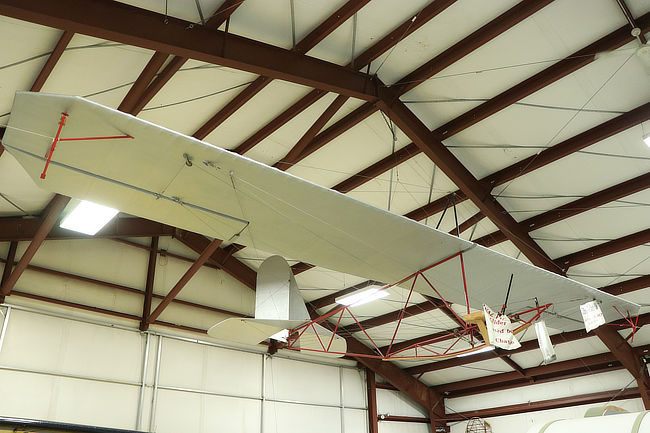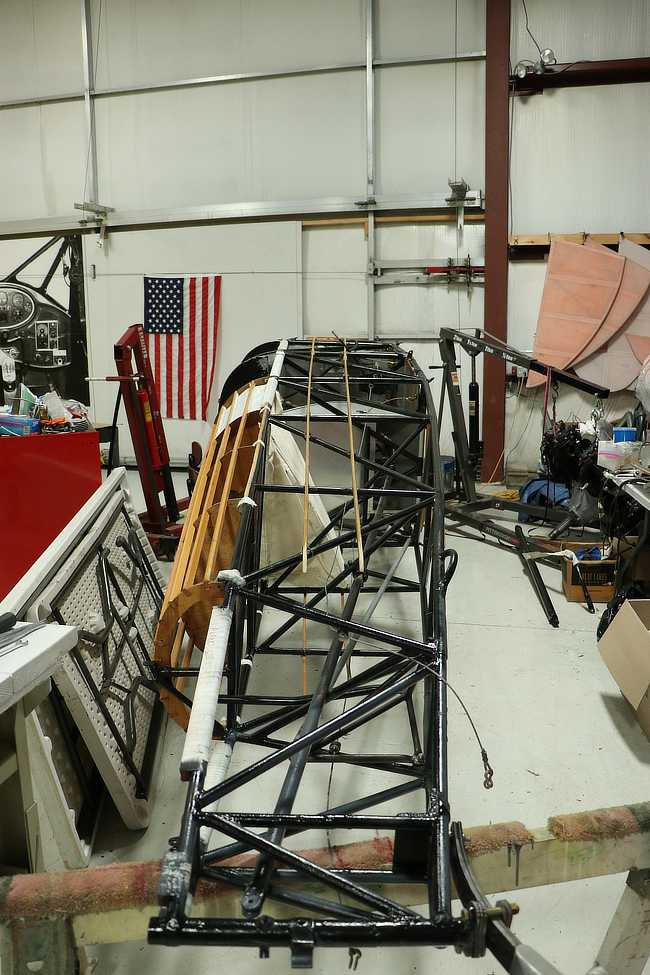ISSUE 841 - December 5, 2023 • Over 7,000 Total Ads Listed • 1,000+ NEW Ads Per Week
This eFlyer Has Been Sent To Over 152,000 Subscribers |
| Visiting the Weavers |
| Ben Keirn, Contributing Writer & Photographer |
|
If you read about classic aviation on social media or in e-newsletters or magazines, you are probably aware that WACO is alive and well in Battle Creek, Michigan. Since 1986 WACO Aircraft Corp has been meticulously recreating the WACO YMF model under varied ownership and in several locations. Though the company eventually landed in Michigan, the mix of classic style and modern technology has led to deliveries all over the world. You may also know that the WACO moniker has nothing to do with a certain city in Texas. No, WACO was started as the Weaver Aircraft Company, which was eventually shortened to WACO. The original company has long since gone the way of history, but there is still history to be found by going to a small grass strip in Troy, Ohio and visiting the original stomping grounds of the Weavers.
Early in the 20th century, men leaving the battlefields of WWI were enamored with aviation. One of those men was Buck Weaver. Along with his friend William Meyers, he started designing aircraft in the late 1900s. Eventually, the two joined forces with Sam Junkin and Clayt Bruckner. And in 1919 they began designing and building planes together with a clean sheet monoplane called the Cootie.
|
|
| Where it all started, the first design under the newly formed Weaver Aircraft Company was The Cootie. Think the coot game bird, rather than the parasite. |
|
As you wander through the first building of the museum you see models and memorabilia of the entire history of the company. The museum is compact and full of history, but still roomy enough to pass through and doesn't feel cluttered. One of the more imposing displays is a late model WACO cabin cruiser. Without the wings mounted, it's hard to tell that this model was a biplane like the majority of the WACO designs. What is obvious, however, is the float between the main landing gear.
|
|
| This cabin cruiser is a later design biplane, enclosed to offer more creature comforts. This one was found on floats, so does that make it a "cabin on the lake?" |
|
| Beechcraft aren't the only company using a "throw-over yoke." The cabin cruiser had single control wheel options, with the ability to, quite literally, hand over control to the co-pilot. |
|
Out in the main hangar, there is quite a collection of aircraft designed by Weaver, Meyers, Junkin, and Bruckner. One of those designs is a classic wood and fabric biplane designed in 1921. The Model 4 in the museum is a flying replica built between 1974 and the early 1990s. In the 1970s when most were more interested in the new four-place "planes for the whole family," there were still historians and nostalgic people longing to build and fly the biplanes of yesteryear. Interestingly enough, when the prototype Model 4 rolled out of the assembly hangar in 1921, it had something in common with those modern planes of the 1970s... it was the first four-place aircraft design.
|
|
| The Model 4 would fit in our new, modern era. It was made almost entirely of renewable resources! Steel, iron, wood, cotton, natural rubber, leather, and maybe a little horsehair in the seats for good measure. |
|
| Machines like the Model 4 were steampunk before steampunk was cool. Just take a look at the mix of wood, exposed rocker arms on the engine, brass on the prop and radiator, and polished steel exhaust. |
|
Not everything in the museum is an airplane. Without pilots, the planes wouldn't mean a thing. And WACO, as well as the WACO Museum, celebrated the men and women that helped the aircraft designs rise to notoriety. Some of the women of WACO were Bettie Lund, Frankie Renner, and Gladys O'Donnell. These women were making names for themselves and WACO by setting records and winning races. Bettie set a record of 67 barrel rolls and, during WWII, put her skills to use as one of the Women's Air Force pilots. Frankie Renner aimed a little higher, looking for a high altitude record. Her WACO's engine was modified for the altitude and she wore an electrically heated suit, but her face was unprotected and her goggles frosted over in the -40° C temperatures. Gladys O'Donnell chose distance over altitude. The year she received her pilot's license, she entered the 1929 Transcontinental Air Derby. With 40 hours in her logs, she climbed into a WACO Taperwing and placed 2nd...ahead of Amelia Earhart, who placed 3rd. The following year, Gladys returned with more experience and flight time and took 1st place.
|
|
| The WACO Museum houses interesting artifacts, including these flight suits of WACO's lady pilots, Bettie Lund, Frankie Renner, and Gladys O'Donnell. |
|
| The collection includes a Taperwing like the one flown by Gladys O'Donnell. Seeing the namesake wing shape takes a bit of work, when the plane isn't flying above. |
|
| The Taperwing in the museum's collection bears the markings of two mostly forgotten arts; professional skywriting and... cursive writing. |
|
The museum includes a fairly eclectic assortment of aircraft. From prototypes to production, from single flights to thousands of hours, the collection runs the gamut of WACOs that made history. One such plane is the UMF-3 on display. The aircraft has had nearly a dozen owners, roughly one a year until 1945. But the last owner held on and put the aircraft through its paces to the tune of over 14,000 flight hours. That's an amazing feat in a 1934 biplane!
|
|
| A view from the back lets you see what a handful of pilots saw while putting over 14,000 hours on this UMF-3, including those bumps on the cowl to clear the valve covers. |
|
After WWI, there were a plethora of aircraft designs on which to base your innovations. One look at the WACO 9 brings to mind the aerodynamically streamlined designs of the Albatross D-III. The balanced ailerons, sometimes called "elephant ear ailerons," are reminiscent of another German design, the Focker Dr-I. Who knows where the WACO designers were looking for their inspiration, but the end result was a beautiful aircraft that was well received. Over 250 of this type were sold. That in itself is quite a feat, in an era when every plane was hand built by craftsmen.
|
|
| The front-on photo bears witness to the streamlined design of the WACO Model 9. |
|
| The "Elephant Ear Ailerons" on the WACO 9 are actually horn balances, but got their colloquial name from the general shape when viewed from below. It makes you wonder if these flying elephant ears were the inspiration for a certain animated classic, also produced between the world wars. |
|
| Designs have to take into account every detail. Included on the Model 9 is a detail small enough to be missed; a small leather patch on the horizontal stabilizer keeps the elevator cables from chafing the fabric. |
|
Just before the next war hit, the WACO designers produced a prototype monoplane trainer. The RPT was intended for civilian training and was dropped as America entered the second world war. WACO's attention was turned wholeheartedly to the glider project and there was no capacity left for the trainer. Looking at this little plane you can see a preview of things to come. There is a marked resemblance to the PT aircraft used to train war pilots, especially the slightly larger PT-23.
|
|
| Coming full circle, WACO produced another monoplane prototype in 1940. The project was intended for civilian pilot training. |
|
When WWII hit, WACO went to work for the war effort. Instead of building powered aircraft, however, they entered designs for the CG-4 and got the contract. Not only did they get the contract, WACO delivered...over 13,000 of the gliders were produced! They built on their existing knowledge and success as a glider manufacturer. Their other glider was the diminutive NAZ glider. Built for the weekend flyer in the early 1930s, the NAZ sold quite well, with over 150 produced.
|
|
| The war time CG4 glider wasn't the only powerless plane produced by WACO designers. |
|
Keeping the museum going takes a lot of maintenance to the flying planes. Whether you fly in or drive in, the museum can still get you airborne in two of their WACO biplanes. Between maintaining their flying stock and restoring newly donated planes, there is ample opportunity for training new mechanics. And that is precisely what is going on with the WACO Aviation Cadet Program. The program involves 10 to 16 year olds in the process of repairing and restoring tube and fabric planes. Not only does it give the students hands-on training, aircraft mechanic skills, and pride, the program also leads to more future mechanics for the ragwing pilots of today.
|
|
| There is a mockup of an original WACO factory workstation in the museum. But this is the modern workstation, where young cadets learn to repair and restore classic WACO aircraft. |
|
If you are interested in seeing the history of WACO, make it a point to stop by the WACO Museum in Troy, Ohio. Go for a day and plan your trip for when they are giving rides in a historic biplane, from a historic airfield. And if you already have a WACO of your own, be sure to show up when they have a fly-in. They love to receive guests and put all the WACOs on display, regardless of whether yours was built by the Weaver Aircraft Company or the WACO Aircraft Corporation. And if you don't already have a WACO of your own, be sure to check out barnstormers.com, where the current listings include WACO biplanes young and old, projects to show stoppers, and even a cabin cruiser or two...sorry, none on floats at the moment.
|
| By Ben Keirn, Contributing Writer & Photographer |
|
| |
|


